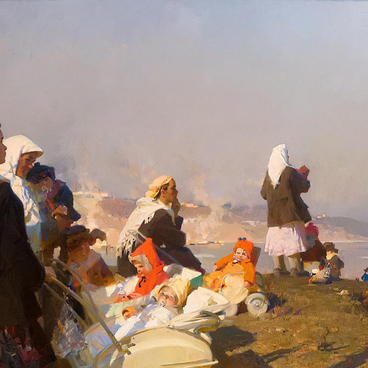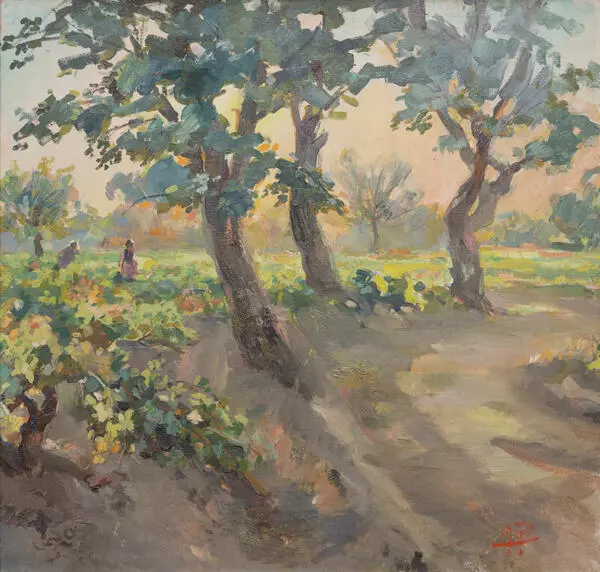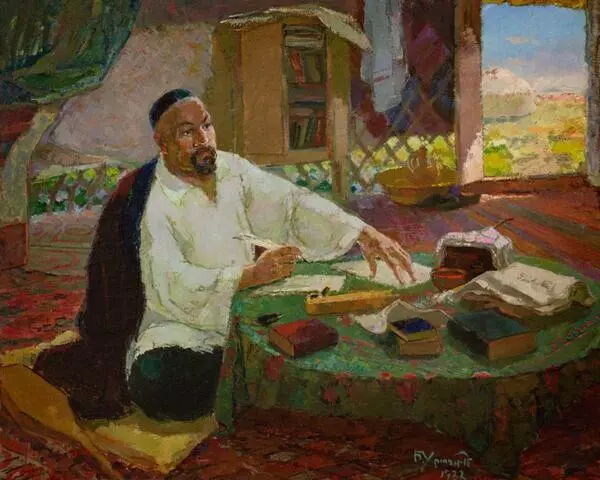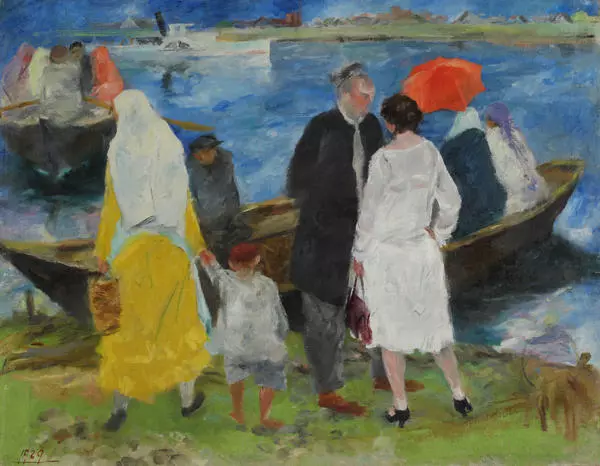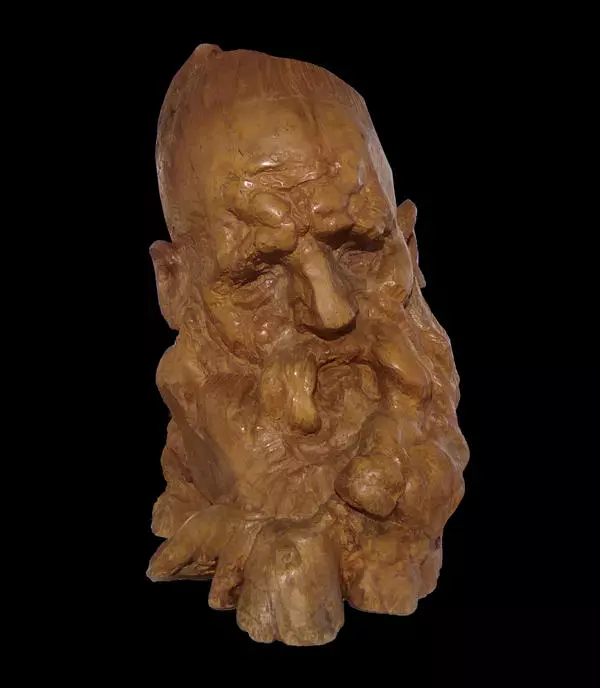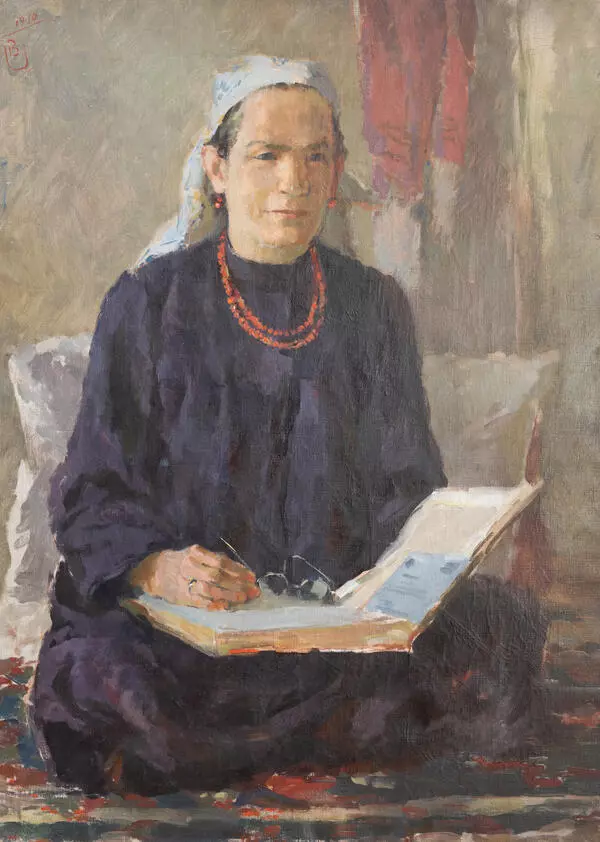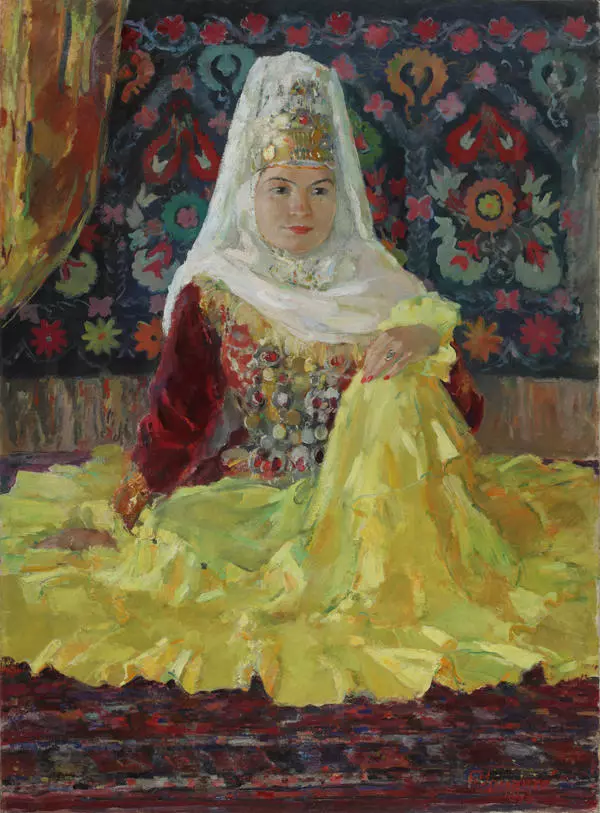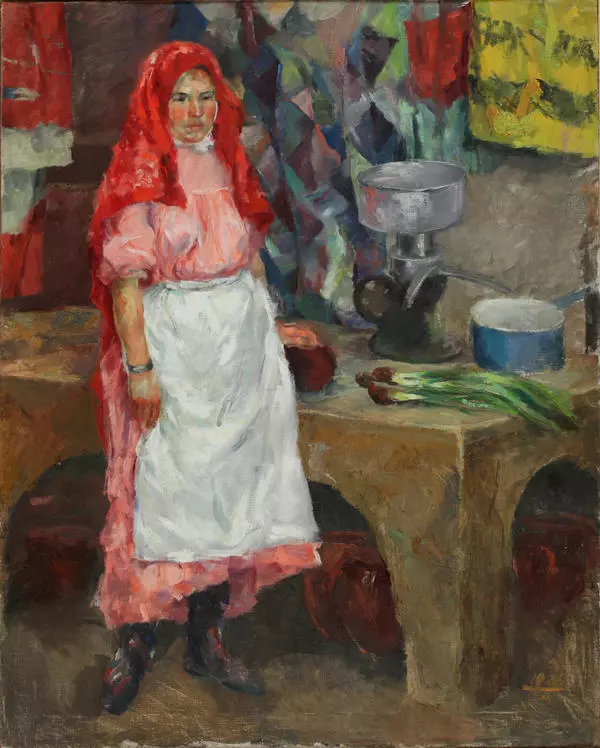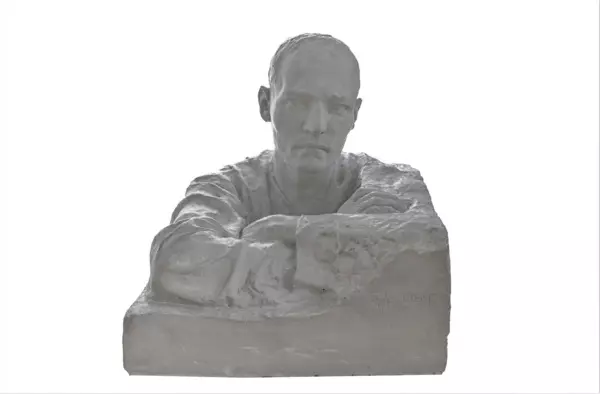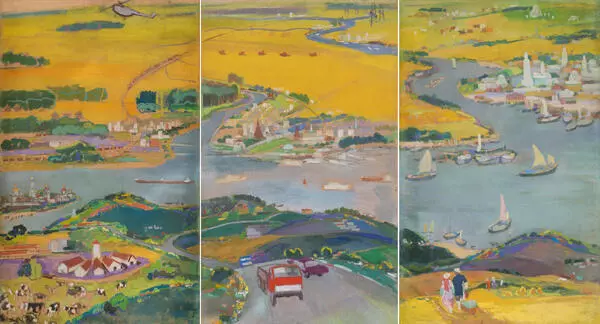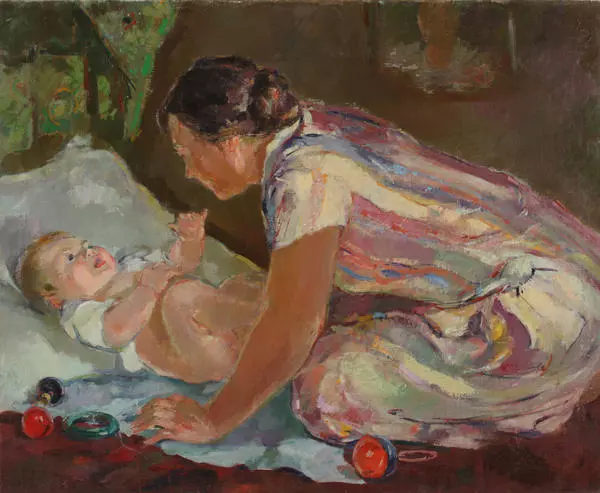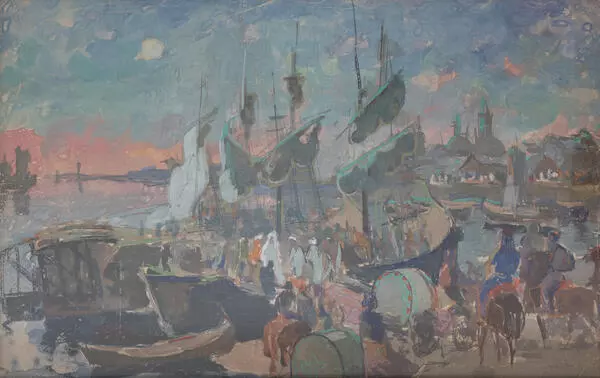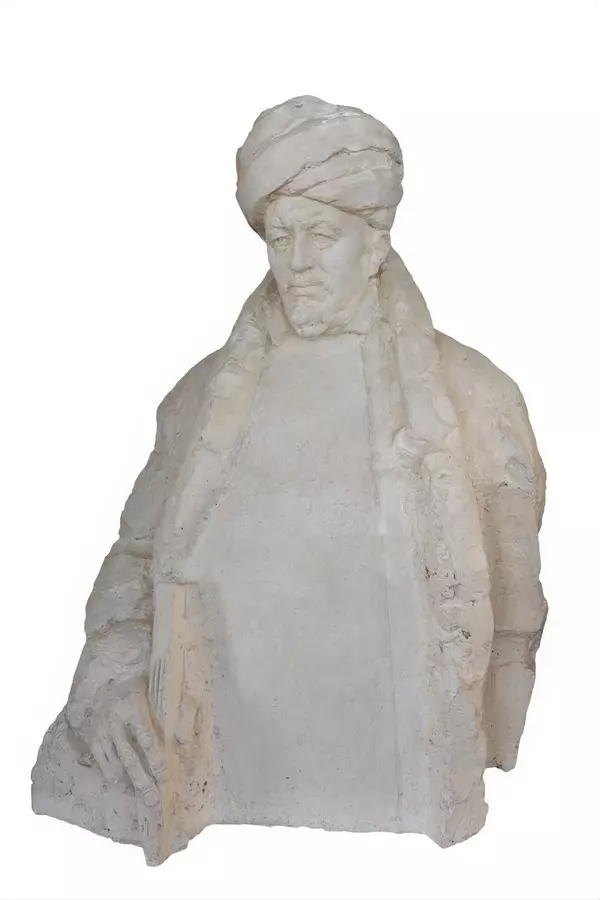In 1933, Tatar artist Baqi Urmanche returned to Kazan from the Solovki special prison where he was sent during political repressions. No one was waiting for him in Kazan, it was impossible to stay there, and the artist started a new life. With the help of his friends, he moved to Moscow where he gradually returned to his work. In Moscow, he received a commission for decoration of several halls of the All-Union Agricultural Exhibition (modern VDNKh, Exhibition of Achievements of People’s Economy). Museums started buying his works, and some positive evaluations of his art appeared in the press. Life was getting better, and Urmanche started feeling like a Moscow artist, but fate had a new blow in store for him: he received a passport with a “minus 39” mark that meant that he was banned from working in large cities and had to leave the capital.
In 1958, after long years of wandering across Central Asia, the artist finally returned to Kazan. In those years, he wrote: “I am nearing 60. I passed about 30 years, willingly on not, outside my native land. Volga, Kama, Sviyaga, Belaya rivers, their shores, the low, gently sloping hills and the meadows have always been on my mind. It seems that in my years, one gets an especially strong feeling of homesickness, of longing for mother tongue and native culture”. In that period, the artist started summing up his life, thinking it over, and his sculptures gained more and more depth and richness of meanings. Allegoric images appeared in his works.
The most important Urmanche’s works of that type are the wood sculptures Sagysh and Spring Melodies. They are contrasting with each other as far as their imagery is concerned, but they were conceived as a kind of diptych. Spring Melodies symbolizes the beginning of life, and Sagysh, its epitome.
In 1958, after long years of wandering across Central Asia, the artist finally returned to Kazan. In those years, he wrote: “I am nearing 60. I passed about 30 years, willingly on not, outside my native land. Volga, Kama, Sviyaga, Belaya rivers, their shores, the low, gently sloping hills and the meadows have always been on my mind. It seems that in my years, one gets an especially strong feeling of homesickness, of longing for mother tongue and native culture”. In that period, the artist started summing up his life, thinking it over, and his sculptures gained more and more depth and richness of meanings. Allegoric images appeared in his works.
The most important Urmanche’s works of that type are the wood sculptures Sagysh and Spring Melodies. They are contrasting with each other as far as their imagery is concerned, but they were conceived as a kind of diptych. Spring Melodies symbolizes the beginning of life, and Sagysh, its epitome.


